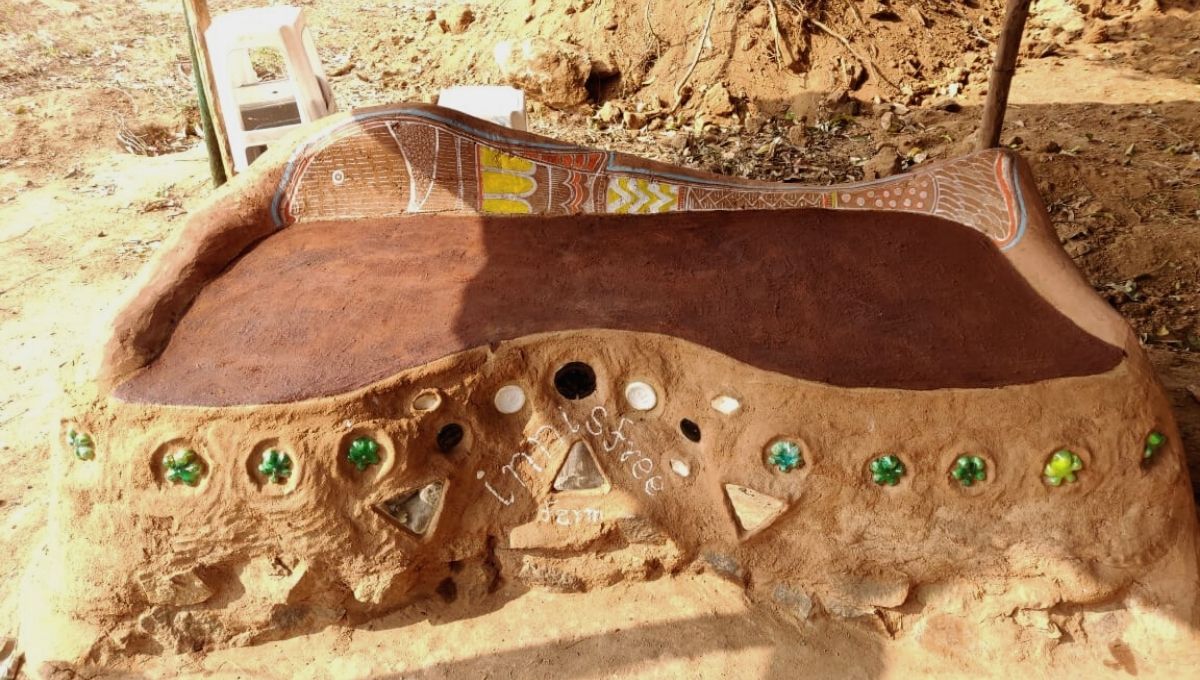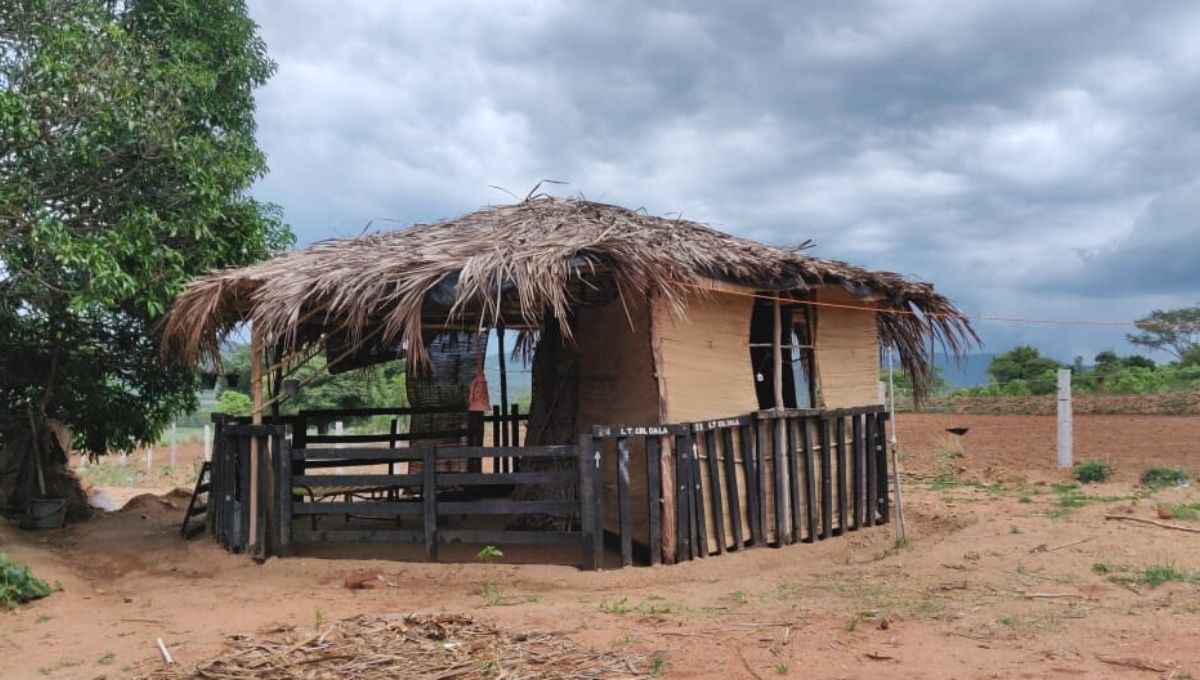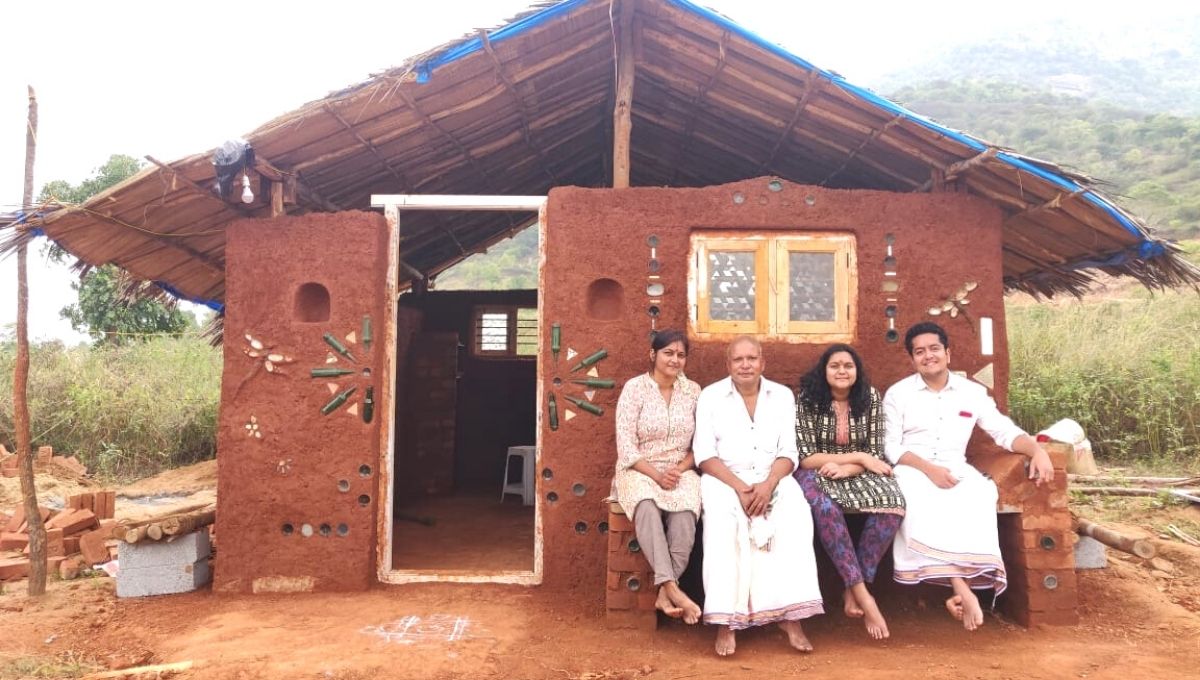In August 2017, Jaipur-based Ankit set out on a mission to put his name in the Guinness Book of World Record. A journalist with four years of work experience in media and BPO, he quit his job to embark on a unique journey.
“I love cycling and used to participate in various endurance events and marathons. My desire to cover long distances inspired me to challenge myself and travel across the country on a bicycle,” Ankit tells The Better India.
So off he went, after investing a sum of Rs 80,000 to buy a bicycle, some clothes, a camera and a tent.
But 150 days later, he gave up his pursuit.
“I realised I was only clocking distances and focussing on creating a record. I was missing out on learning from my travel experiences and interacting with people to understand the social and cultural aspects of the different places I was visiting,” he notes.

So Ankit changed his approach by giving up on setting a record, and instead started absorbing knowledge through his experiences. Over the years, he has travelled to 15 states covering northern, western and central India. “I have covered all five states in south India and eight union territories,” he adds.
Today, his rich experience from diverse cultures and traditions has inspired him to establish a self-sustainable, environment-friendly model village in Karnataka.
Constellation of traditional wisdom
Speaking about his journey, the 32-year-old says, “I lived with a myriad of people — army-men, engineers, teachers, students, farmers, artisans, surrendered Naxals, and doctors. I have stayed with almost 600 families, and worked with them on occasions,” he says.
During his stay, Ankit learned about vernacular architecture from his visits to tribal areas of India.
“I lived on a barter system, where I offered my skills in exchange for shelter. Pedalling across rural India, I worked with artisans to make wooden sculptures in Maharashtra and Bangalore, wove khadi shirts, and learned how to make mud houses for villagers of remote hamlets in Andhra Pradesh, Maharashtra and Tamil Nadu,” he recalls.
He adds, “I also learned how to make coconut shell cutlery and jewellery, craft musical instruments like the flute and veena in Nuzvid of Andhra Pradesh, and took lessons on forest conversation from the tribal community. I tried my hands on art forms like Thanjavur, Madhubani and Gond, along with learning how to make 400-year-old wooden toys in Etikoppaka, while also taking lessons in Kondapalli in Andhra Pradesh.”
So needless to say, his thrilling journey is full of experiences. “I received the warmth of people as I took shelter at a gurudwara when I had nowhere else to stay. At times, I experienced immense hospitality where roadside vendors and underprivileged families offered their lunch. On some occasions, locals doubted my intentions, and it took time to explain to them why a stranger from Rajasthan was cycling in their neighbourhood,” he says.
However, his journey came to an abrupt halt when the COVID-19 pandemic arrived. “I had covered a distance of 1,540 km and was in Bengaluru being hosted by a family,” he recalls. “Sreedevi, a painter, and her husband Balasubramanium, an army officer, had been following my journey on Instagram and had invited me to visit them whenever I visited the city.”

Ankit met and shared his experiences and learnings with the couple. “I told Sreedevi how rural India is moving away from a traditional lifestyle, leading to a decline in our rich culture and heritage. I had observed that the rural population prefers living in concrete structures and avoids building eco-friendly mud houses using traditional knowledge. Rural India also believes that organic farming does not provide the expected yield. I wanted to break their notions,” he says.
The couple agreed to support his plans and bought a two-acre land in Anchetty in Krishnagiri near Bengaluru.
“We created Innisfree Farms, a self-sustaining village that has mud houses made from organic materials and serves as an example of an environmentally-friendly lifestyle. When I tried convincing farmers about practising traditional methods, they disagreed. Hence, demonstrating environment-friendly practices in the village would help restore their confidence,” Ankit says.
“There are two mud houses made using organic materials like locally available red and brown mud. The walls have been constructed by mixing mud with jaggery, honey, and egg yolk as binding agents — this is an ancient tribal technique. The hexagon and octagon-shaped homes enable cost-efficient thermal insulation and natural malleability, while reducing carbon footprint. The walls have natural termite repellents that include a layer plastered with a combination of water and holistic herbs like neem leaves, kadukkai seeds, green chillies, garlic, turmeric and lime,” he says.
Ankit has also constructed a sofa made from mud and used plastic and glass bottles. “These bottles were collected as waste from rivers and the Hogenakkal waterfall located nearby,” Ankit says.
In addition, there are two wooden and thatched houses with dry toilets. “The dry toilets do not use water apart from when one needs to wash up after using. There is no flush. A mixture made from natural materials like soil, wood shavings and lime is used to cover the human waste in a six-foot-deep pit. The organic waste decomposes within a year and can be used as manure,” he adds.
Today, the human-made farm reuses 100 per cent of its waste to operate eco-toilets, kitchens, electricity and even fodder for the local animals.
In addition, the village has two ponds for rainwater harvesting, 60 fruit-bearing plants, and an organic farm. “We grow vegetables like spinach, tomatoes, green chilli, okra, and bitter gourd, as well as fruit trees like mango, tamarind, and jackfruit, among others. The village is self-reliant when it comes to procuring vegetables and fruit supply,” Ankit explains.
Replicating the model

In recent months, Ankit has started training farmers in organic cultivation. “I share my knowledge on how to prepare fertile soil, and make jeevamrut — a mixture of gram flour, cow dung, cow urine, soil and jaggery — to show the benefits of organic farming,” he says.
The local women in the neighbouring villages also participate in activities and workshops organised to train them in making crafts, jewelleryå and bowls from coconut shells.
“The farm has become a safe haven of the local community, providing employment opportunities and educating local farmers. I aim to spread the traditional knowledge of environmental protection and climate change by promoting the use of renewable energy and effective waste management,” Ankit notes, adding that he hopes his actions inspire people to conserve and protect the environment.
He adds that he plans to replicate such self-sustainable village models across India. “I will continue my journey and travel to the remaining parts of India. My aim is to learn, teach, farm, grow and drive the message of sustainable living across sections of society. I want to make mud-houses, revive forgotten and hidden Indian art and craft, and help others lead a happy and sustainable life as I continue my journey of self-discovery,” he adds.
Edited by Divya Sethu
No comments:
Post a Comment